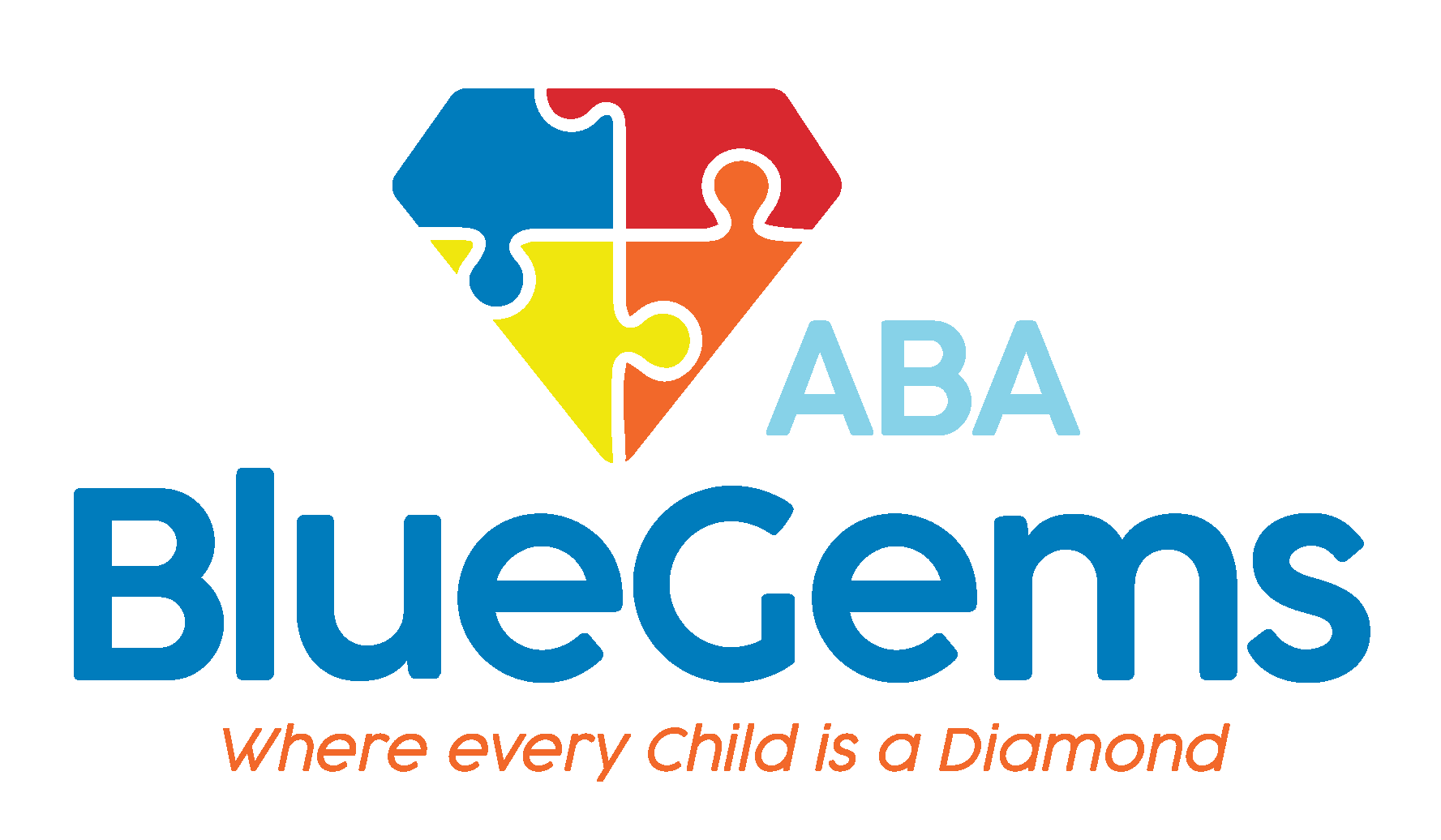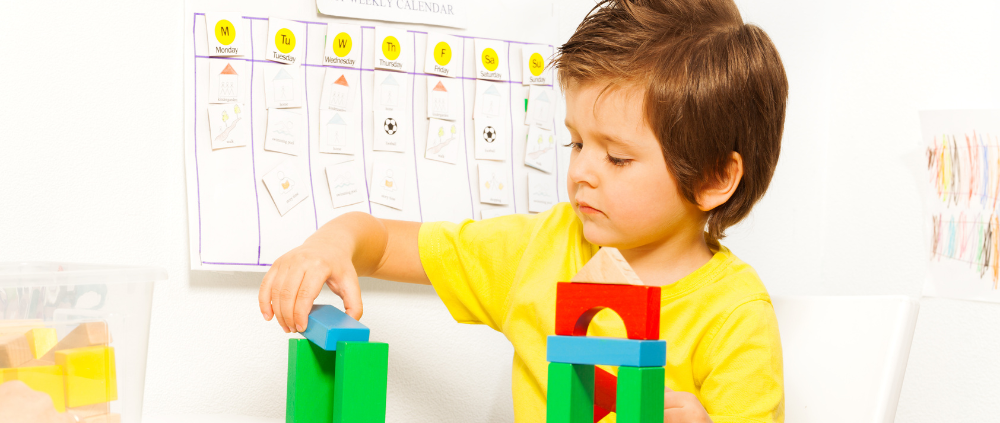What Does ABA Stand For?
ABA therapy is gaining a lot of attention as one of the most effective treatment options for children with autism. And this attention comes at the right time, as the National Autism Association1 reports that one in 54 U.S. children are diagnosed with Autism spectrum disorder.
Part of the reason that autism rates have increased in the last two decades is that doctors have become more adept at diagnosing it, as awareness surrounding early signs of autism have grown.
Yet, despite the increase in diagnoses, there are many parents of children with autism who don’t know what ABA therapy is.
So, what does ABA stand for, and what does it entail? We’ll discuss this and more below.
Table Of Contents
What Does ABA Stand For?
ABA stands for applied behavioral analysis. It’s one of the most effective therapies that help children who have autism learn the skills they need to be successful in life, while also reducing the instances of problematic behavior often associated with the disorder.
ABA therapy was designed to specifically treat autism, though it certainly has other applications as well.2
Children who have autism often have challenges communicating and interacting socially. It can have a negative effect on how they communicate with others — even close family members — because they have trouble expressing their feelings or understanding the emotions of others.
These children can also have different patterns of behavior than those who don’t have autism, and challenges related to inflexibilities in schedule, environment and more.
What Does ABA Seek to Do?
ABA therapy draws on behavior science, and in many instances is considered medically necessary for children who have autism.
The theory behind the treatment is for therapists to work with children with autism to help them learn the skills they need to operate throughout daily life. This could include getting dressed, preparing a meal and brushing their teeth.
It also focuses on building up children’s social skills while reducing behaviors that are potentially damaging.
This is done through a rewards system. When the child exhibits a desired behavior, they are rewarded with something that motivates them. This could be extra time with a book they love, a small treat or something else.
When the child exhibits a behavior that isn’t desired, no reward is given. Modern ABA therapy does not at all involve punishment for ill-desired behaviors, contrary to what some critics believe. While that was originally part of ABA therapy when it was first introduced, it is not anymore.
What are the Benefits of ABA Therapy?
There are many benefits of ABA therapy, and advantages it provides over other treatments for children who have autism.
One of the biggest benefits is that ABA therapy is a completely customizable treatment. Therapists can personalize the treatment to different children, which allows them to work more effectively based on each individual child with whom they work.
An example of this is that the reward that is given when a desired behavior is exhibited is customized based on the child. The important thing is not the reward itself, but whether or not it actually motivates the child to repeat the desired behavior in the future.
ABA therapists will typically work hand-in-hand with families as well, to ensure that what’s taught and emphasized during therapy sessions can be carried over once the session is over. This allows family members to be hands-on in the process, which then leads to higher success rates compared to some other treatment plans.
Therapy sessions are actually fun and enjoyable for children, which is another reason why it proves to be so effective. Learning is playful, fun and age-appropriate, while also integrating the unique interests, needs, values and culture of the entire family.
Other treatments for children with autism don’t offer this level of personalization, attention to detail and data-driven approach.
ABA Therapy Outside the Session
The fact that ABA therapy focuses heavily on what happens outside of the session is perhaps it’s biggest advantage over other treatments for autism.
ABA therapists use the time in sessions to help children increase social abilities such as learning additional skills, communicating and completing everyday tasks. They also help them implement behaviors of “maintenance” such as self-regulation and self-control.
And, beyond this, ABA therapists help to teach children how they can transfer these new behaviors they’ve learned to all environments they encounter. This is often a big challenge for children with autism, who may struggle when encountering a new environment for the first time or when they frequently switch from one environment to the next.
By modifying the environment in which the children learn these skills, ABA therapists help children with autism become more comfortable transferring from one environment to the next — such as from home to school and vice versa — without major problems.
With so many real benefits of ABA therapy, it’s no wonder that it’s considered to be the leading treatment for children with autism today.
Reach out today to find out if ABA Therapy is right for your child.




